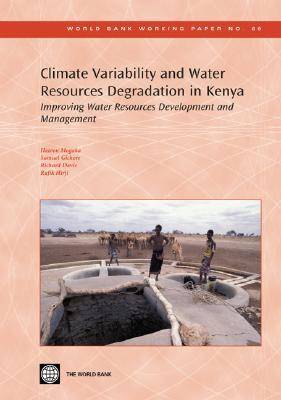The report, based on a complex analytical methodology, provides a clear economic rationale for investing in improved water resources development and management in Kenya. It is part of the World Bank's policy dialogue on water resources management reforms and investment planning in Kenya. It focuses on the economic implications of two key factors that make the economy and people of Kenya highly vulnerable - the effects of climate variability and the steady degradation of the nation's water resources. The 1997-2000 El Nino-La Nina episodes cost the country Ksh 290 billion, about 14 percent of GDP during the three year period. Given their regularity, over the long term, floods and droughts are estimated to cost the economy about Ksh 16 billion per annum (2.4 percent of GDP). This is a very serious drag on the country's economic performance. Water resources degradation costs the country at least Ksh 3.3 billion (0.5 percent GDP) annually. The long term annual impact of 2.9 percent of GDP from these two factors has been developed conservatively. While it is not economic to avoid all costs, many of them can be minimized by increased investment in management and infrastructure and more efficient, accountable, and participatory management and operation of the water resource sector.
- ISBN13 9780821365175
- Publish Date 1 February 2006
- Publish Status Active
- Publish Country US
- Imprint World Bank Publications
- Format Paperback
- Pages 128
- Language English
